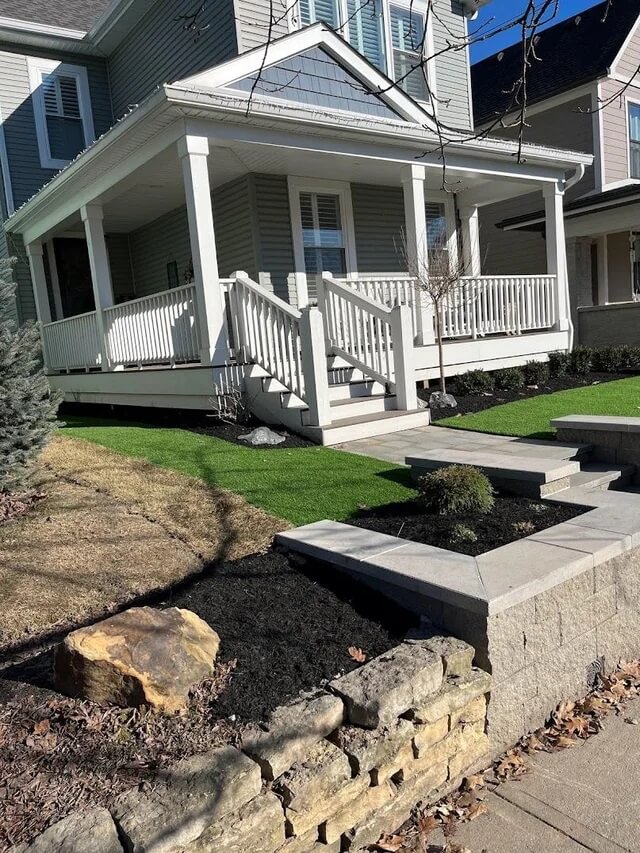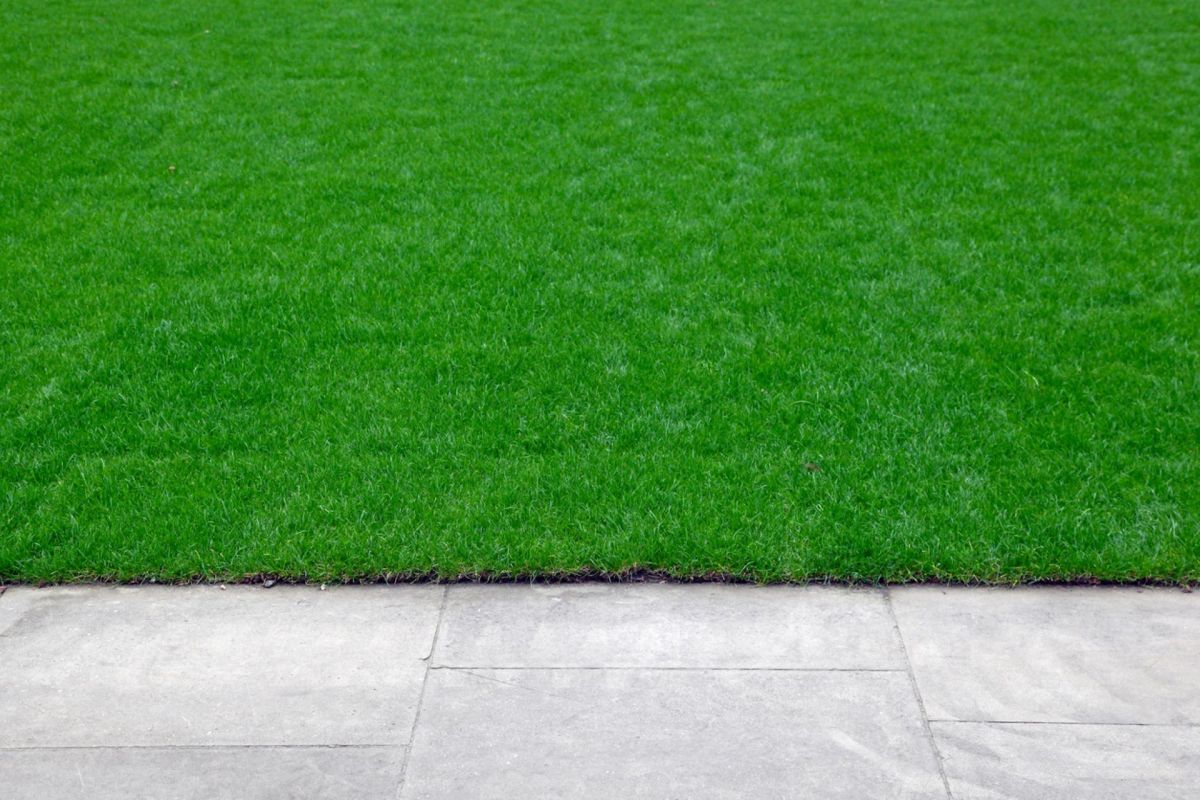A homeowner from the Midwest has been left confused by the decision a neighbor has made in their yard.
In a post on Reddit, they noted that the original grass lawn had been ripped up in favor of an artificial alternative.
"One of my neighbors replaced their grass with fake grass," they captioned the image of a property with an eerily manicured front yard.
"I've never seen this in my 40+ years in the midwest," they later commented.

The post was met by commenters leaving similar stories. One from Arizona said they regularly see the same, while another from London referenced an installation of fake turf that was not in keeping with the local area.
"Someone near where I live in West London has done this," they said. "All the houses around are at least Victorian or older with lots of old trees and flowers around. Their green AstroTurf looks absolutely awful."
"Looks horrible!" another user summed up.
There are reasons why some homeowners opt for fake turf as an alternative to traditional lawns. In areas of drought, for example, they can provide a way to keep lawns looking green without the need for constant watering — which is a waste of resources.
Furthermore, the lack of maintenance required for a fake lawn might be helpful for people who are unable to garden regularly or who can't afford the upkeep.
Artificial turf lawns, however, can be a real problem. They are typically made from plastic, and wear-and-tear from footfall and weather can lead to microplastics forming and entering sewage systems through drainage, leading to blockages and perhaps entering the bodies of animals.
The material often contains forever chemicals, too, which cannot be broken down naturally and can remain in the environment for hundreds of years. These chemicals can pollute soil, and if they enter the body, the Agency for Toxic Substances and Disease Registry has said they can increase the risk of health conditions like kidney or testicular cancer and cause liver damage.
But there are more environmentally friendly solutions for low-maintenance, low-water lawns. Clover lawns and buffalo grass, for example, are drought-resistant, hardy, and don't need a lot of upkeep.
Xeriscaping is also an option, which sees slow-growing, native plants that require little irrigation added to a garden space.
In addition to being an effective way to make a lawn look healthy without as much attention, even a small patch of native plants will help to increase biodiversity, bringing pollinators that are vital for a healthy ecosystem.
Join our free newsletter for easy tips to save more, waste less, and help yourself while helping the planet.









